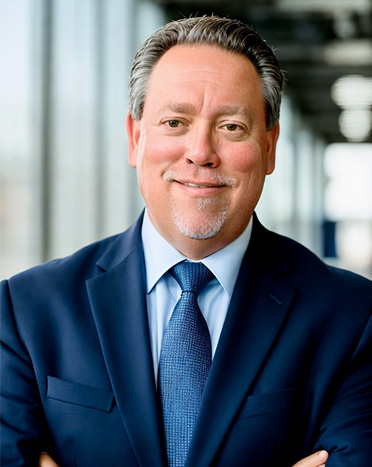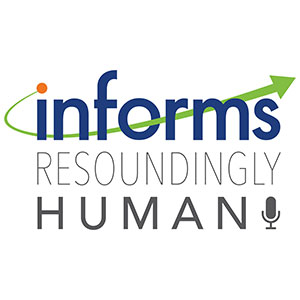
Hunt for vaccine slots often leads through scheduling maze
PROVIDENCE, R.I. (AP) — The road to a COVID-19 shot often leads through a maze of scheduling systems: Some vaccine seekers spend days or weeks trying to book online appointments. Those who get a coveted slot can still be stymied by pages of forms or websites that slow to a crawl and crash.















